Code
HCS13367
Weight
2.5 Kg / 5.51 lbs
Size
Height
39cm (15") Width
27cm (11") Depth
20cm (8") Material
Copper
Availability
Available
Date Added
2017-09-21 11:17:41
Note : We used to sell this product 8 years ago so it may no longer be in our stock.
It is possible that we still have it with our suppliers but the price could be different from before.
Feel free to order. We will verify availability and inform you promptly.
It is possible that we still have it with our suppliers but the price could be different from before.
Feel free to order. We will verify availability and inform you promptly.

Safe Payment
We accept Paypal, Money Transfer, Bank Transfer
Confidence
Protection covers your purchase and personal data.
Worldwide Delivery
We ship Worldwide, except Russia.Shipping cost US$25.2 for upto 0.5 kgs

Hotline
Talk to help line for your question on 9841267335Silver and Chocolate Oxidized
The Kurkulla Statue- Copper Silver Plated Oxidized features a captivating combination of partly silver plating and dark oxidation. This unique finishing technique combines the lustrous shine of silver with the rich, deep tones achieved through oxidation. In the process of creating this finish, selected areas of the Kurkulla Statue- Copper Silver Plated Oxidized are expertly silver-plated, creating a radiant and reflective surface that catches the light. The remaining areas are intentionally oxidized, resulting in a darkened patina that adds depth and character to the piece. Read More . . .
The Kurkulla Statue- Copper Silver Plated Oxidized features a captivating combination of partly silver plating and dark oxidation. This unique finishing technique combines the lustrous shine of silver with the rich, deep tones achieved through oxidation. In the process of creating this finish, selected areas of the Kurkulla Statue- Copper Silver Plated Oxidized are expertly silver-plated, creating a radiant and reflective surface that catches the light. The remaining areas are intentionally oxidized, resulting in a darkened patina that adds depth and character to the piece. Read More . . .
Lost-Wax System
This Kurkulla Yogini of Kurkulla Statue- Copper Silver Plated Oxidized is made by the process of the Lost Wax system. This is a very complicated, time consuming and historic process of making metal sculptures.Which is why it is sometimes called Precision Casting as well. Hence the sculptures made by this process are comparatively expensive. There are many new, advanced and less time consuming methods of casting metal sculptures available as well. But due to the benefits provided by the traditional lost wax system in quality control and customization, we prefer the Loss wax system over Ceramic molding, or sand casting to make our Kurkulla Yogini.
Below we have tried to illustrate the process of making a loss wax system statue: Read More . . .
This Kurkulla Yogini of Kurkulla Statue- Copper Silver Plated Oxidized is made by the process of the Lost Wax system. This is a very complicated, time consuming and historic process of making metal sculptures.Which is why it is sometimes called Precision Casting as well. Hence the sculptures made by this process are comparatively expensive. There are many new, advanced and less time consuming methods of casting metal sculptures available as well. But due to the benefits provided by the traditional lost wax system in quality control and customization, we prefer the Loss wax system over Ceramic molding, or sand casting to make our Kurkulla Yogini.
Below we have tried to illustrate the process of making a loss wax system statue: Read More . . .
Brief Introduction :
The essential mantra of Kurukull? is O? Kurukulle Hr?? Sv?h? (Tibetan: ??????????????????????????).

Kurukulla, also known as Rigiyedma or Red Tara, is a revered yogini deity in Tibetan Buddhism, embodying enchantment, magnetism, and love. With her captivating form and vibrant red color, she represents the transformative power of attraction. Kurukulla's multiple arms hold symbolic objects, including a bow and arrow, a noose, a flower, and a hook, symbolizing her ability to strike desires, bind aspirations, spread love, and captivate aspirations. Although specific temples dedicated to Kurukulla may be scarce in Nepal, her presence can be found in Tibetan Buddhist monasteries worldwide. Devotees practice Kurukulla to manifest their desires, transform challenges, and radiate love and positivity in their lives.
Iconography:
Kurukulla is typically depicted as a youthful and beautiful goddess, often depicted in a dancing posture. She is adorned with a crown, multiple arms, and holds various symbolic objects such as a bow and arrow, noose, flower, and a hook. Her vivid red color symbolizes her passionate and transformative qualities.
History:
Kurukulla has her roots in ancient Indian traditions, particularly within the Shakta and Tantra traditions. Over time, her worship was incorporated into Tibetan Buddhism, where she became recognized as a powerful deity associated with magnetism, attraction, and love.
Temples and Monasteries:
There might not be specific temples dedicated solely to Kurukulla in Nepal. However, you can find representations or depictions of Kurukulla in various Tibetan Buddhist monasteries and temples worldwide. Monastic institutions such as Swayambhunath Stupa in Kathmandu, Nepal, may feature images of Kurukulla.
Benefits of Practicing Kurukulla:
Devotees believe that practicing Kurukulla can help enhance one's magnetism, charm, and ability to attract positive influences and circumstances. She is associated with love, passion, and the power to transform difficult situations into favorable ones.
How to Practice:
To practice Kurukulla, one can engage in meditation and visualization practices focused on the deity. Meditating on Kurukulla's image, imagining her qualities manifesting within oneself, and reciting mantras can form a part of the practice. Additionally, practitioners may also engage in rituals and offerings to invoke her blessings.
Mantras of Kurukulla:
A common mantra associated with Kurukulla is: "Om Kurukulle Hrih Svaha." This mantra can be recited during meditation or as part of devotional practices to invoke the energies and blessings of Kurukulla.
Kurukulla is typically depicted as a youthful and beautiful goddess, often depicted in a dancing posture. She is adorned with a crown, multiple arms, and holds various symbolic objects such as a bow and arrow, noose, flower, and a hook. Her vivid red color symbolizes her passionate and transformative qualities.
History:
Kurukulla has her roots in ancient Indian traditions, particularly within the Shakta and Tantra traditions. Over time, her worship was incorporated into Tibetan Buddhism, where she became recognized as a powerful deity associated with magnetism, attraction, and love.
Temples and Monasteries:
There might not be specific temples dedicated solely to Kurukulla in Nepal. However, you can find representations or depictions of Kurukulla in various Tibetan Buddhist monasteries and temples worldwide. Monastic institutions such as Swayambhunath Stupa in Kathmandu, Nepal, may feature images of Kurukulla.
Benefits of Practicing Kurukulla:
Devotees believe that practicing Kurukulla can help enhance one's magnetism, charm, and ability to attract positive influences and circumstances. She is associated with love, passion, and the power to transform difficult situations into favorable ones.
How to Practice:
To practice Kurukulla, one can engage in meditation and visualization practices focused on the deity. Meditating on Kurukulla's image, imagining her qualities manifesting within oneself, and reciting mantras can form a part of the practice. Additionally, practitioners may also engage in rituals and offerings to invoke her blessings.
Mantras of Kurukulla:
A common mantra associated with Kurukulla is: "Om Kurukulle Hrih Svaha." This mantra can be recited during meditation or as part of devotional practices to invoke the energies and blessings of Kurukulla.
| Kurukull? at Samye | Kurukulla sculpture from Calcutta Art gallery, 1913 |
The mantra of Kurukulla
The essential mantra of Kurukull? is O? Kurukulle Hr?? Sv?h? (Tibetan: ??????????????????????????).


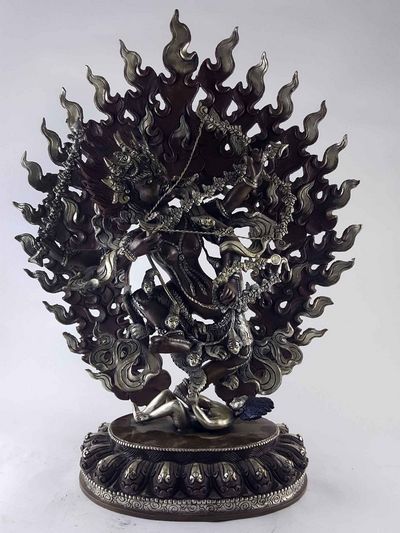
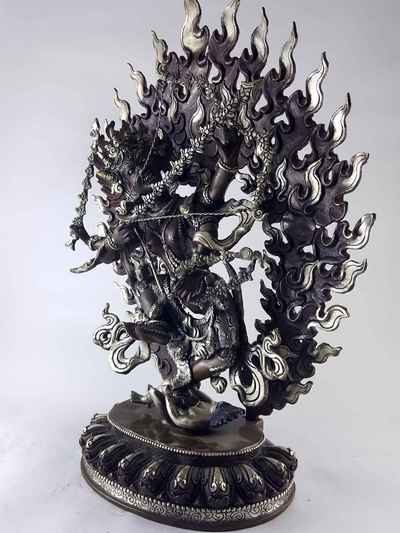
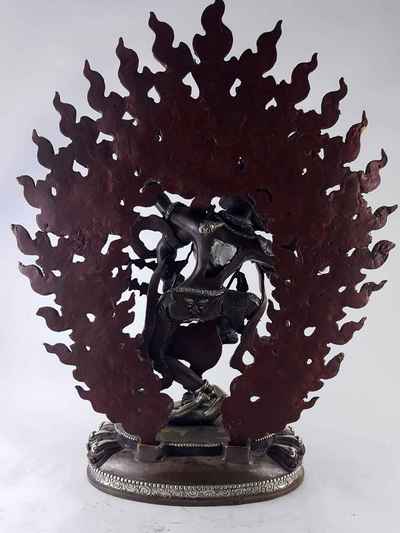
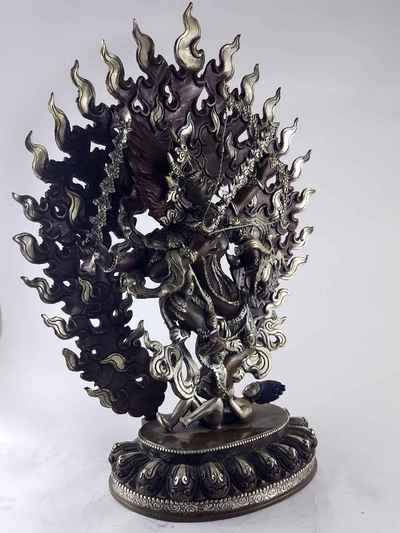


























































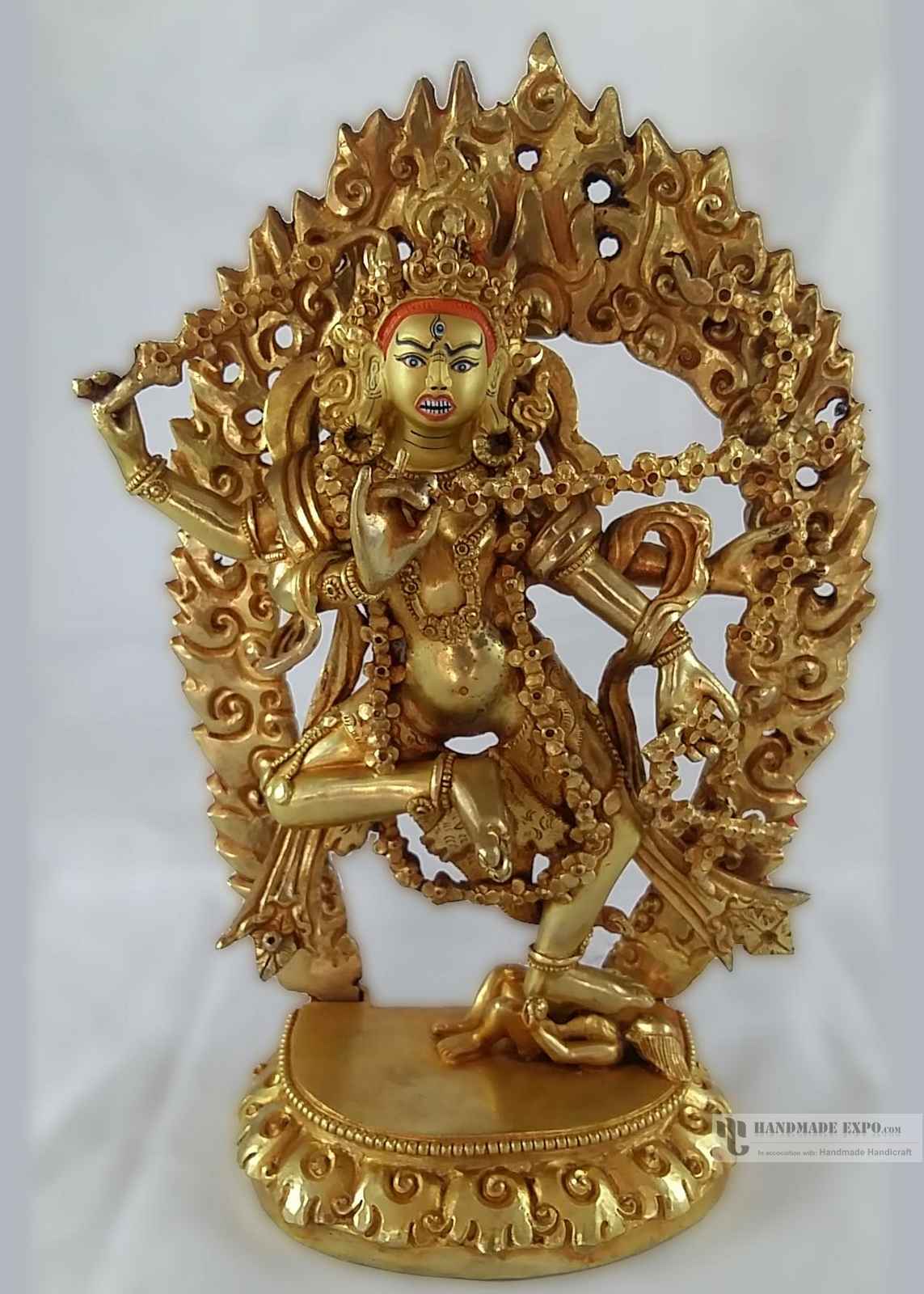 of Kurkulla-
of Kurkulla- 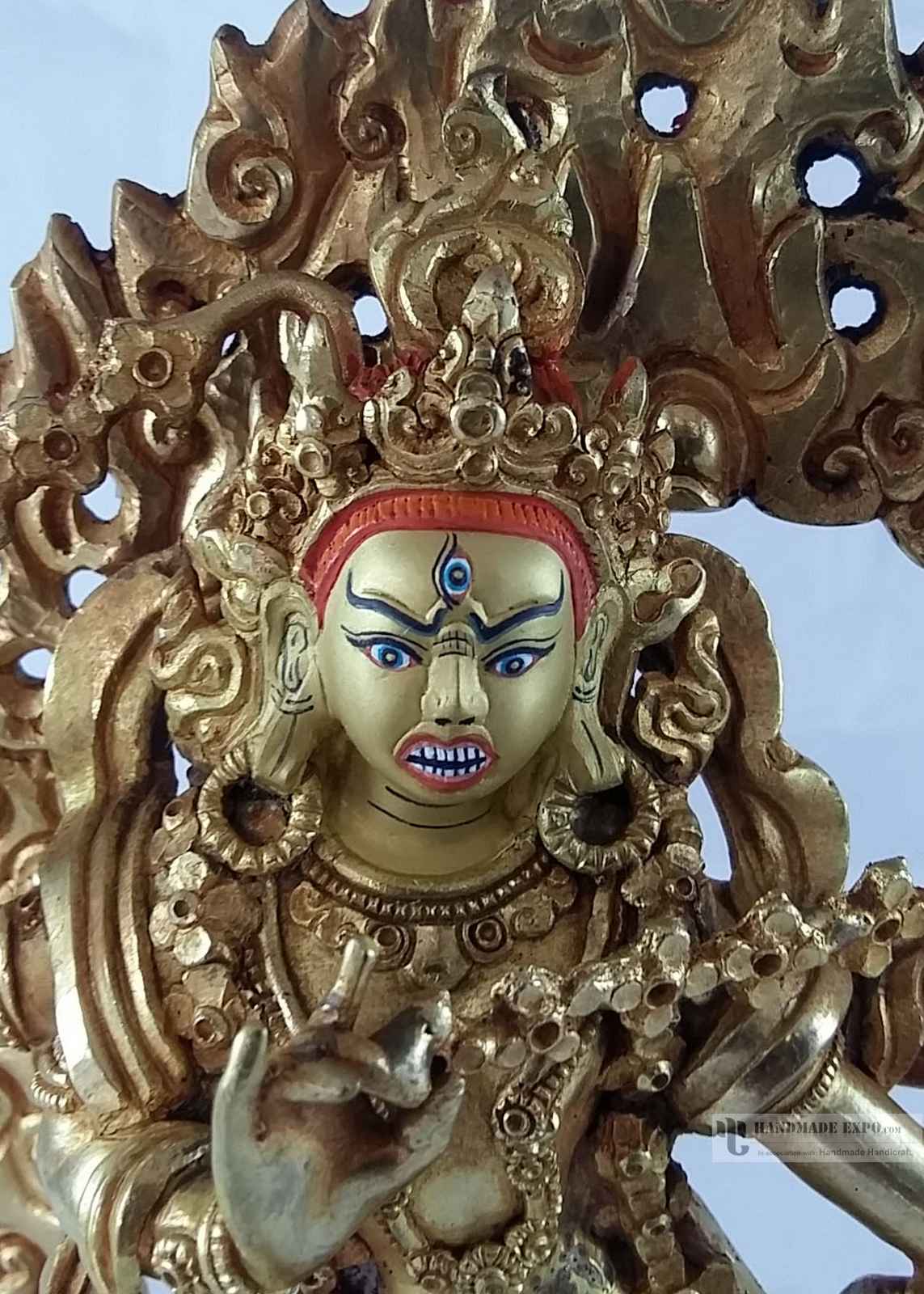 of Kurkulla-
of Kurkulla- 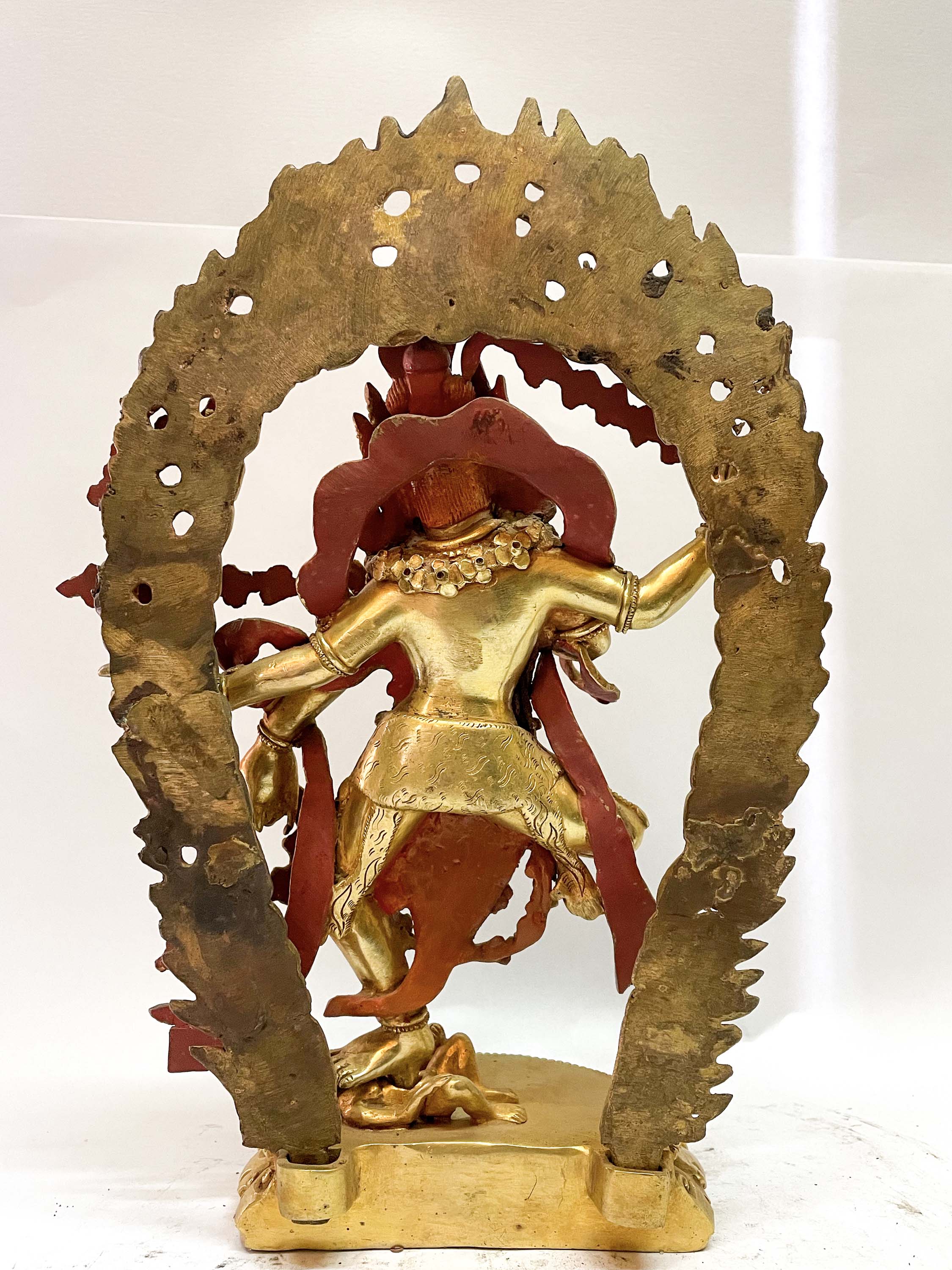 of Kurukulla Yogini,
of Kurukulla Yogini, 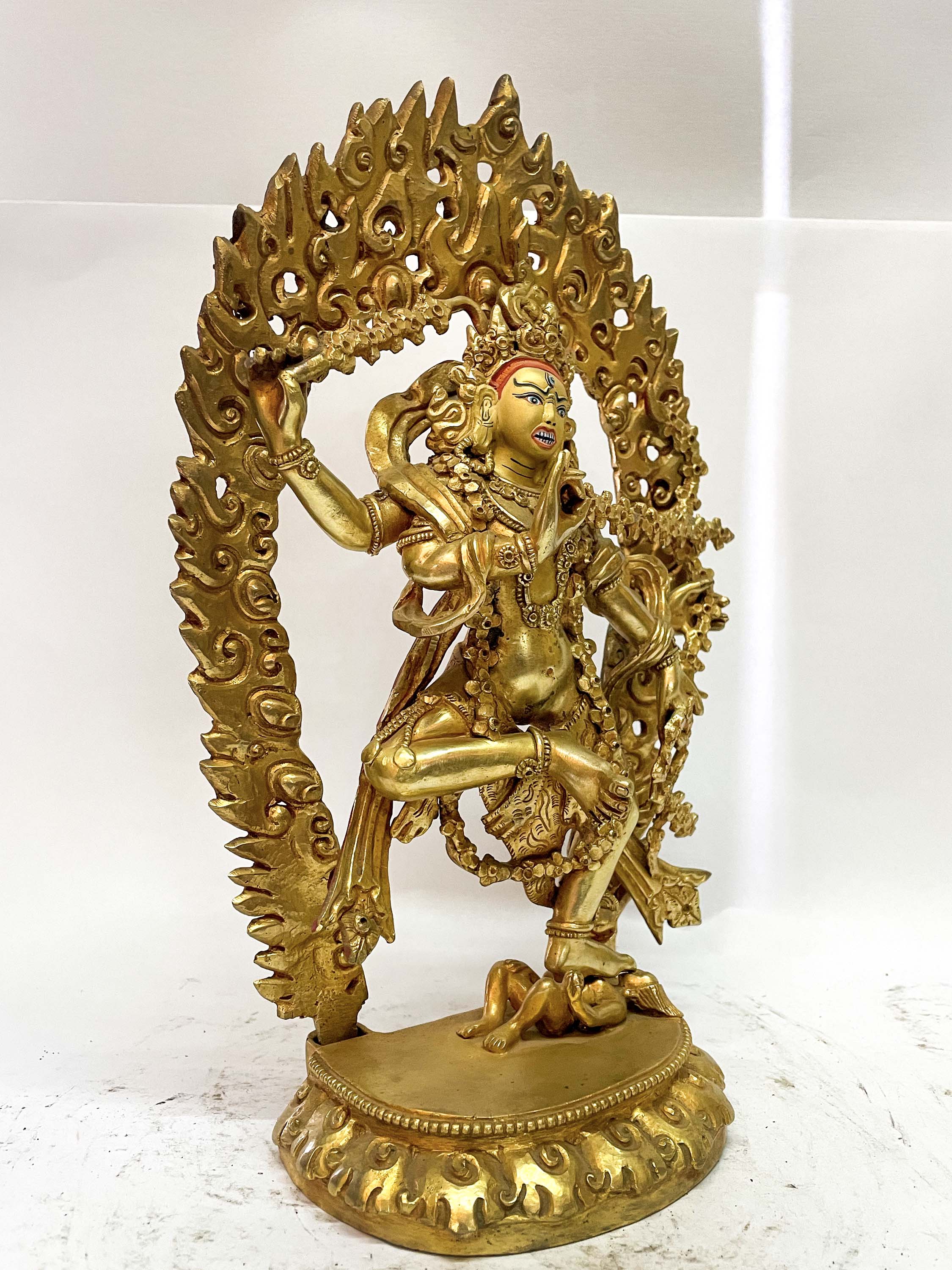 of Kurukulla Yogini,
of Kurukulla Yogini, 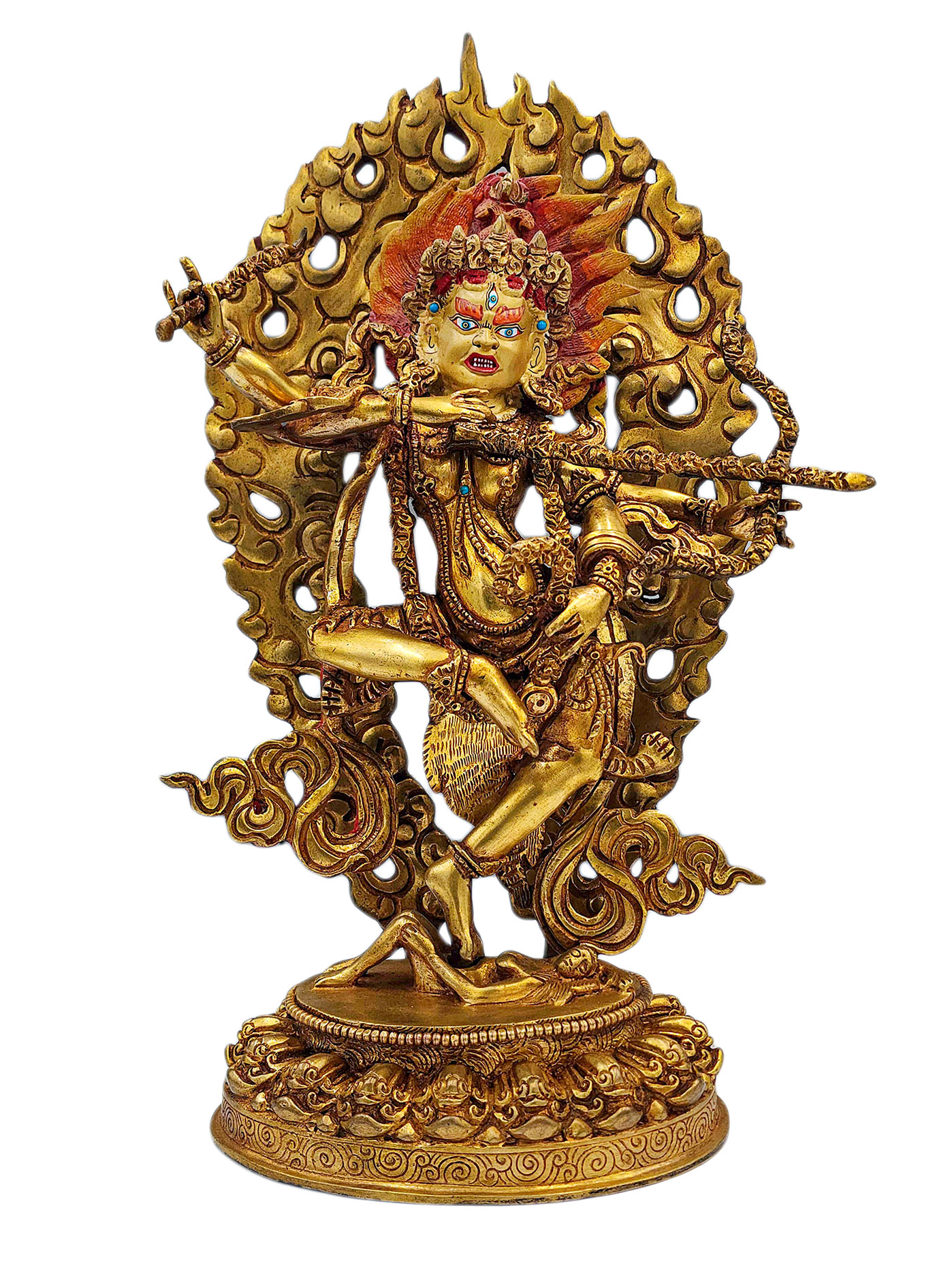 Kurukulla, Buddhist Handmade Statue,
Kurukulla, Buddhist Handmade Statue,  Kurukulla, Buddhist Handmade Statue,
Kurukulla, Buddhist Handmade Statue, 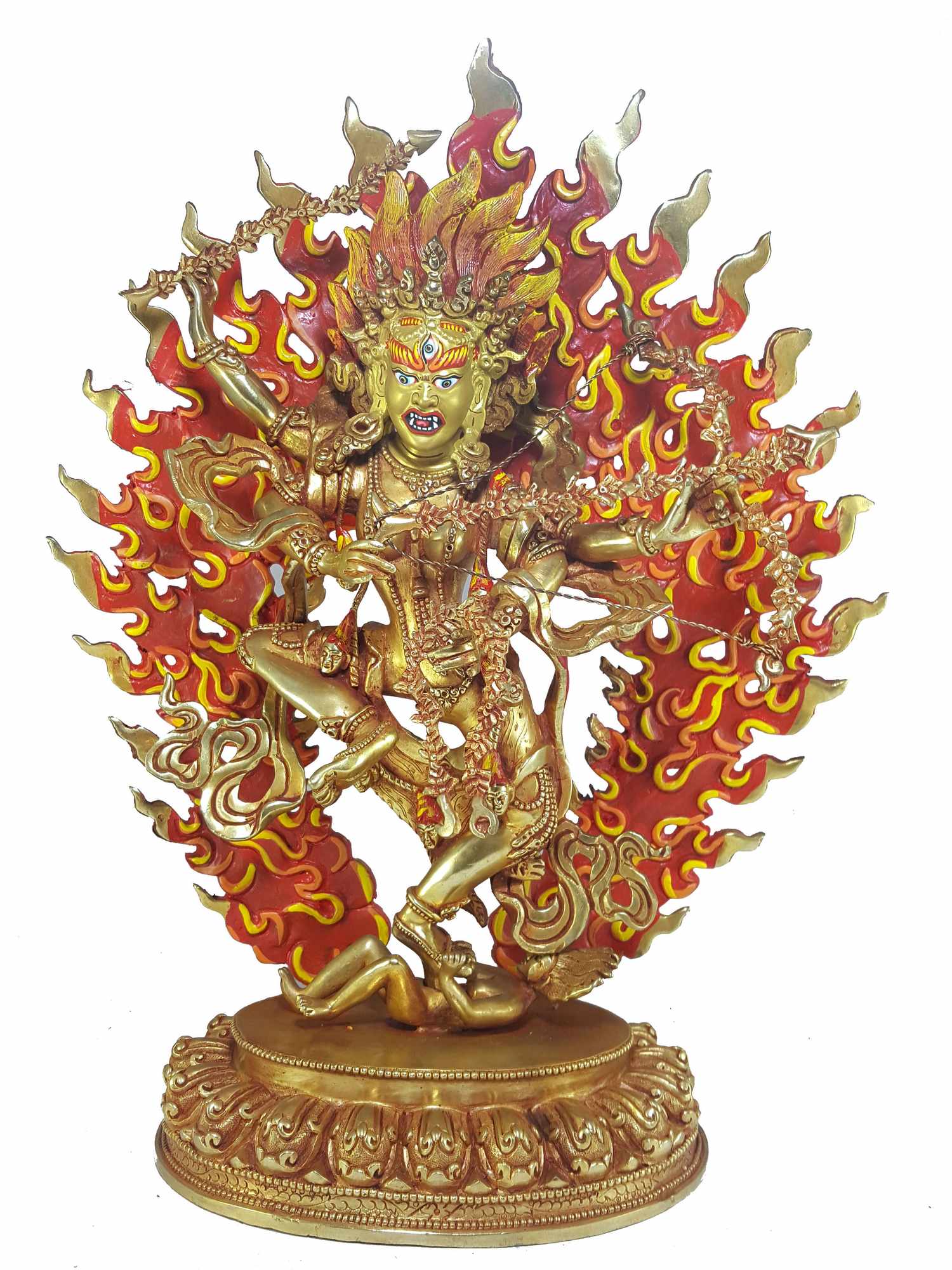 of Kurukulla
of Kurukulla 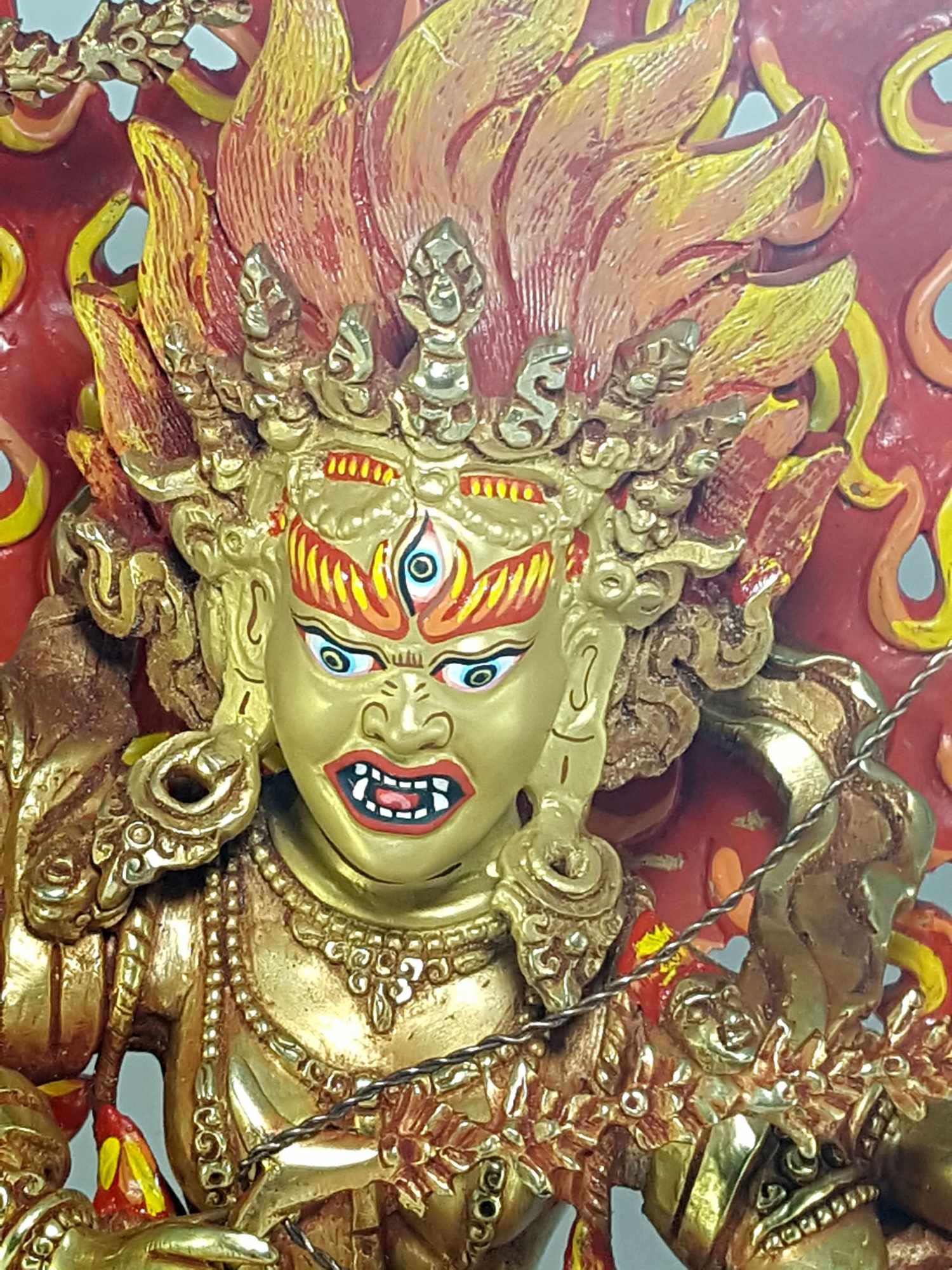 of Kurukulla
of Kurukulla 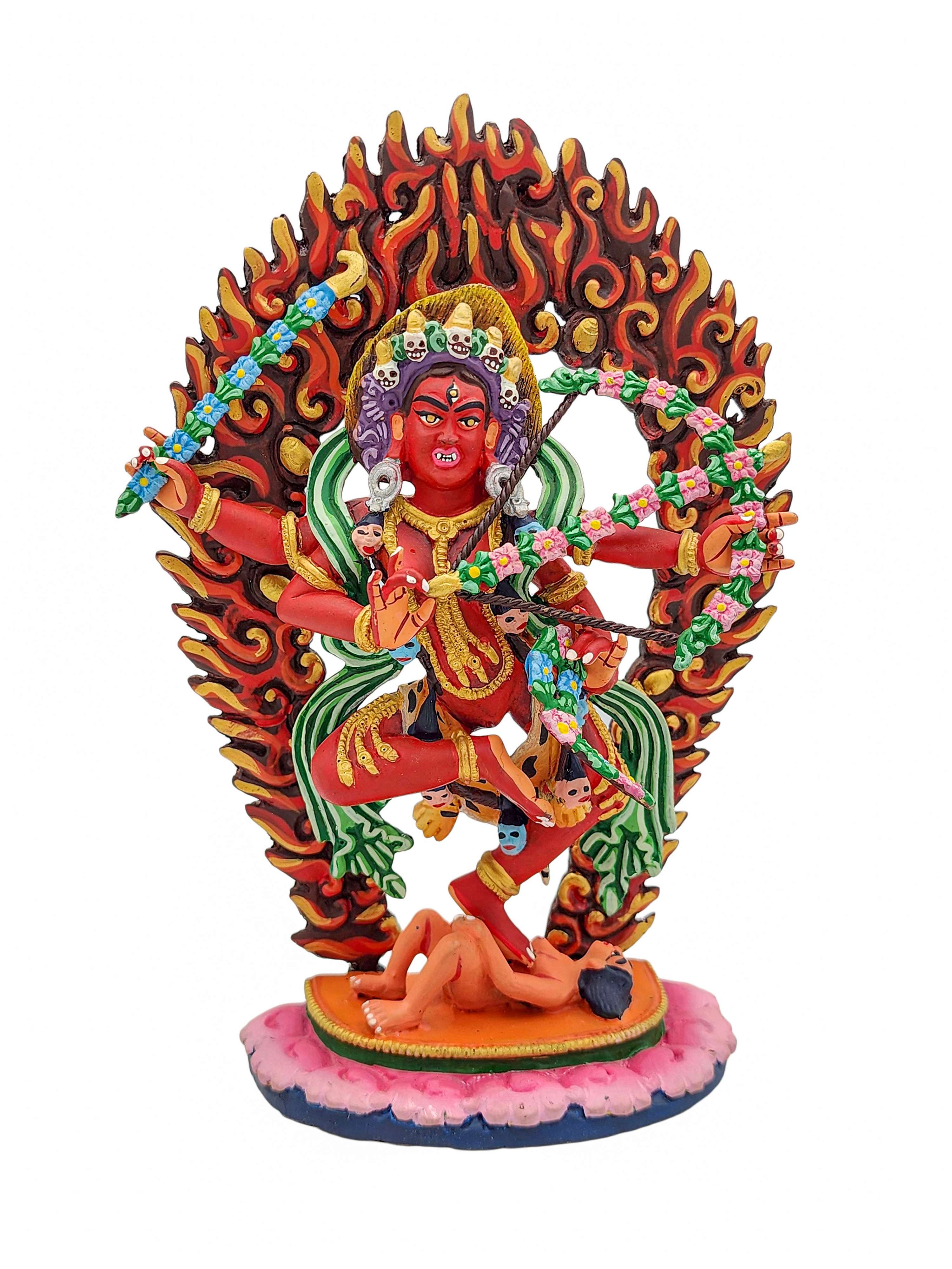 Kurukulla, Buddhist Handmade Statue,
Kurukulla, Buddhist Handmade Statue, 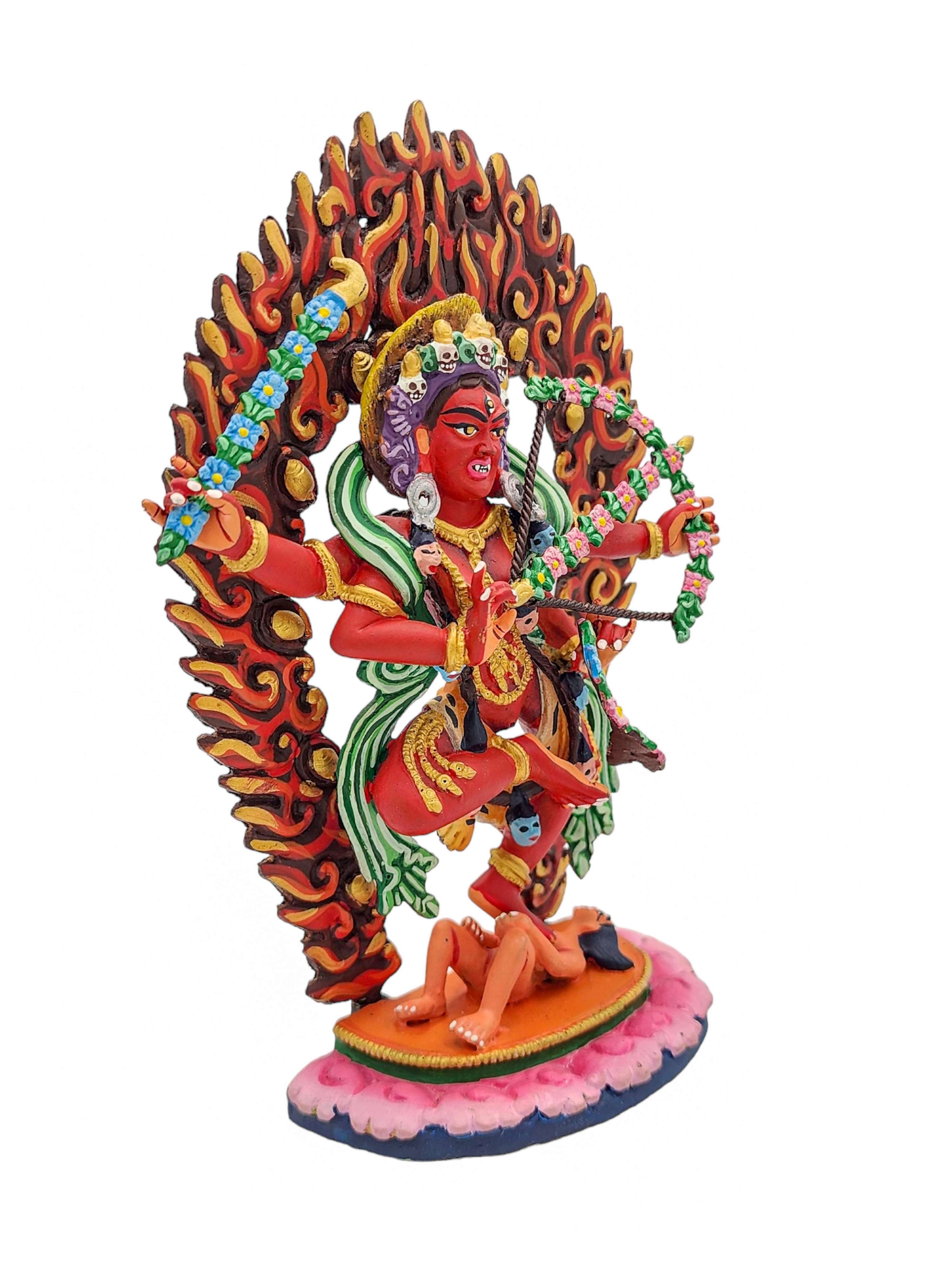 Kurukulla, Buddhist Handmade Statue,
Kurukulla, Buddhist Handmade Statue, 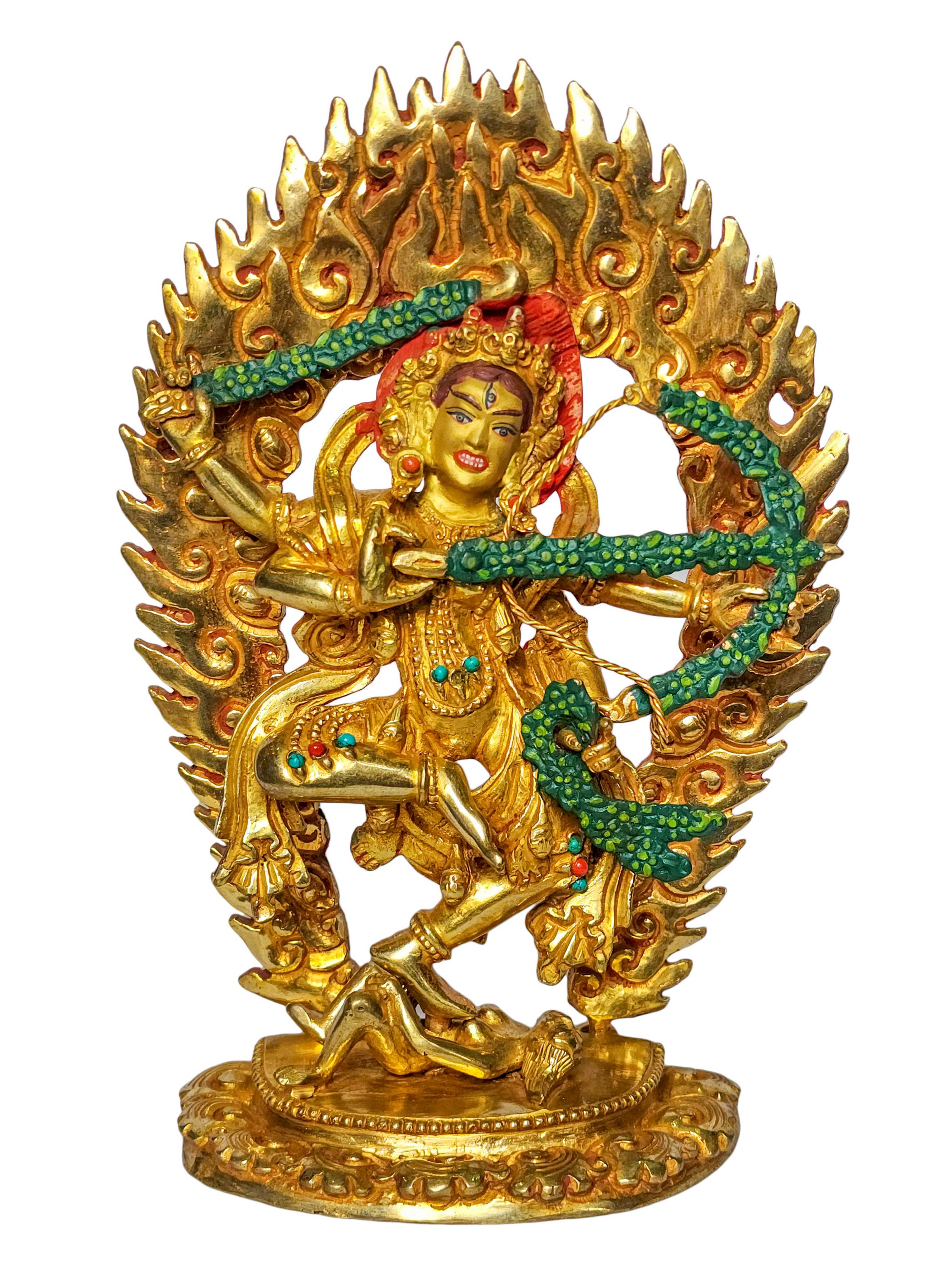 Kurukulla, Buddhist Handmade Statue,
Kurukulla, Buddhist Handmade Statue, 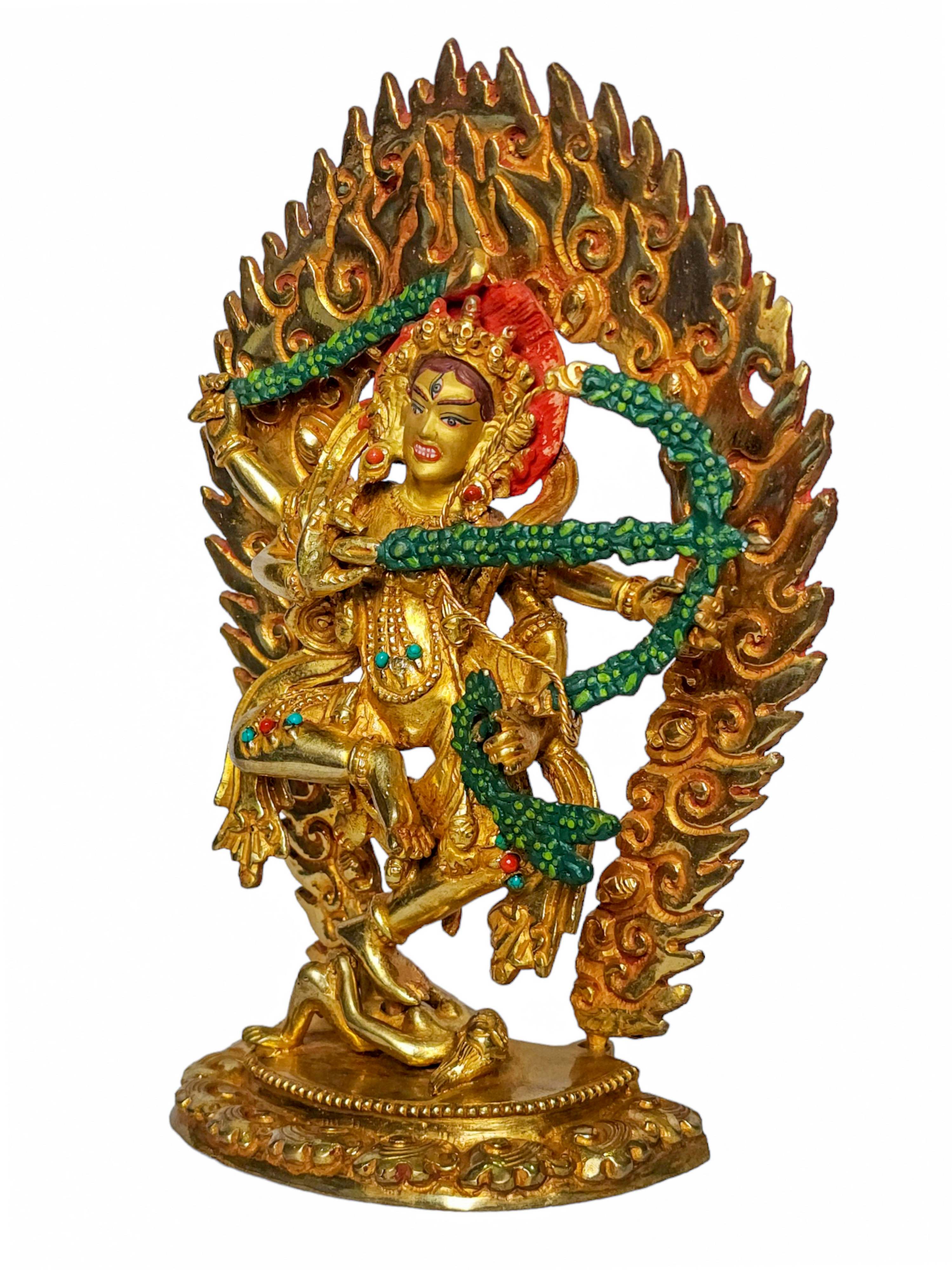 Kurukulla, Buddhist Handmade Statue,
Kurukulla, Buddhist Handmade Statue, 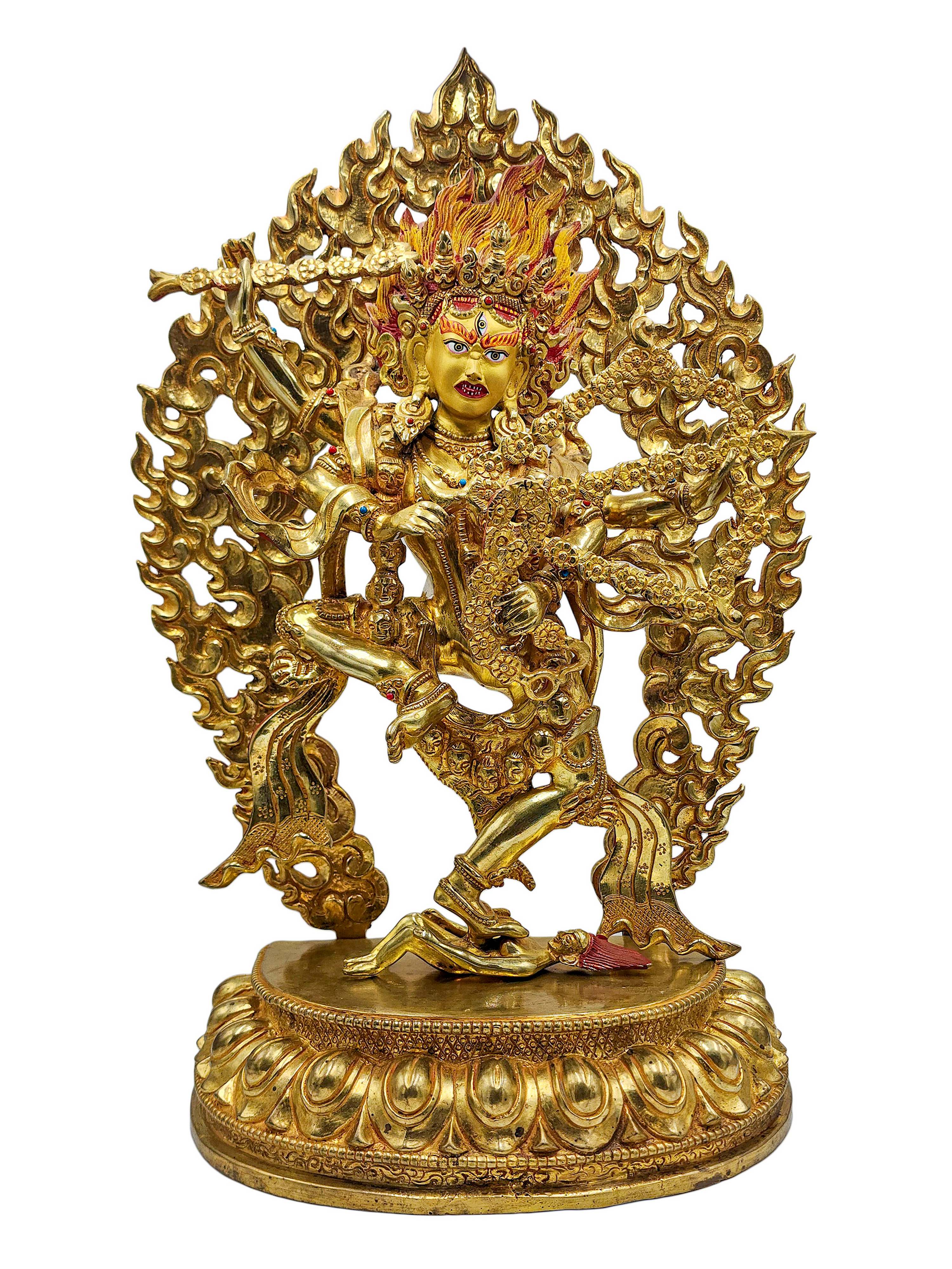 Kurukulla, Buddhist Handmade Statue,
Kurukulla, Buddhist Handmade Statue, 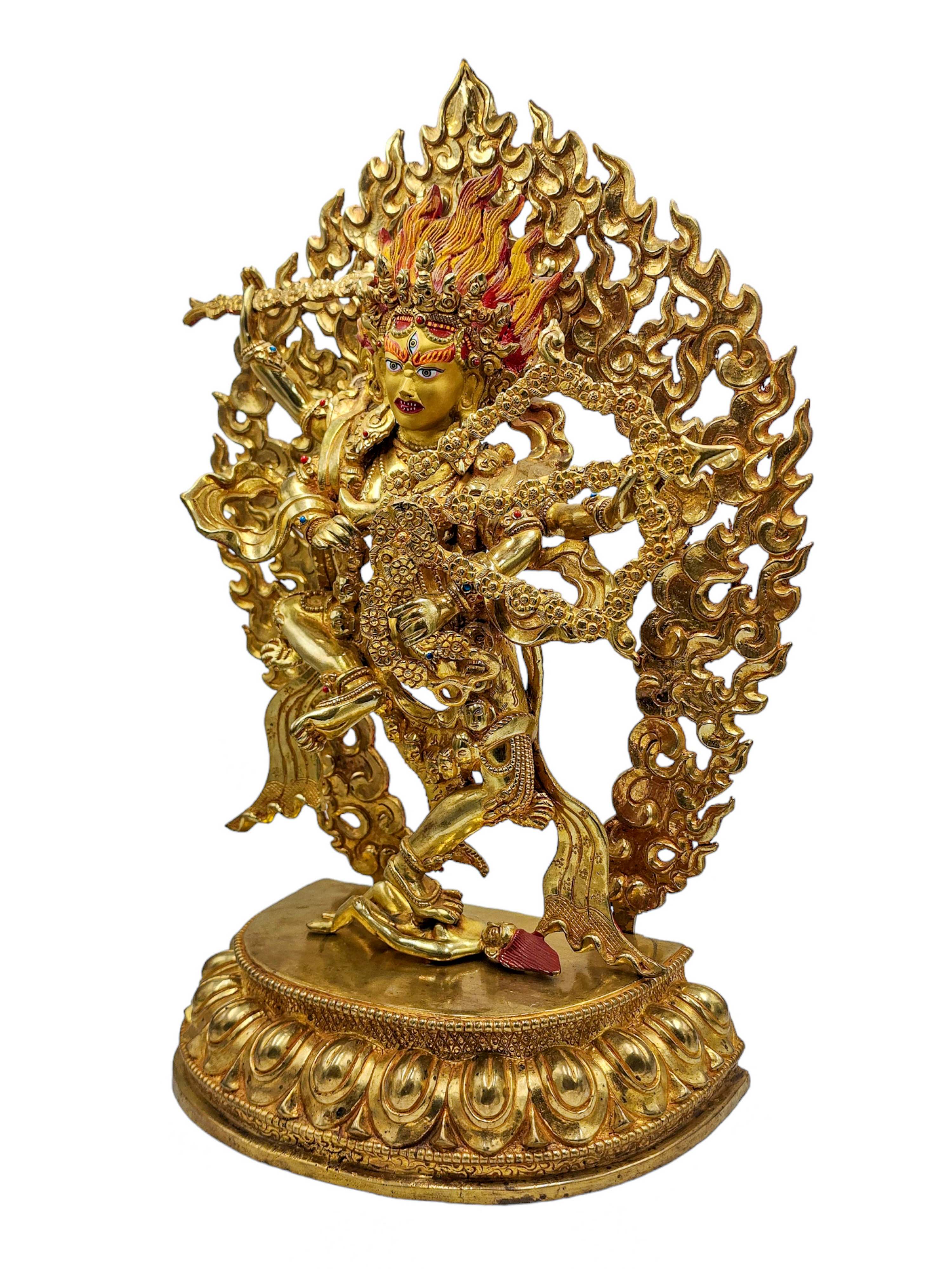 Kurukulla, Buddhist Handmade Statue,
Kurukulla, Buddhist Handmade Statue,